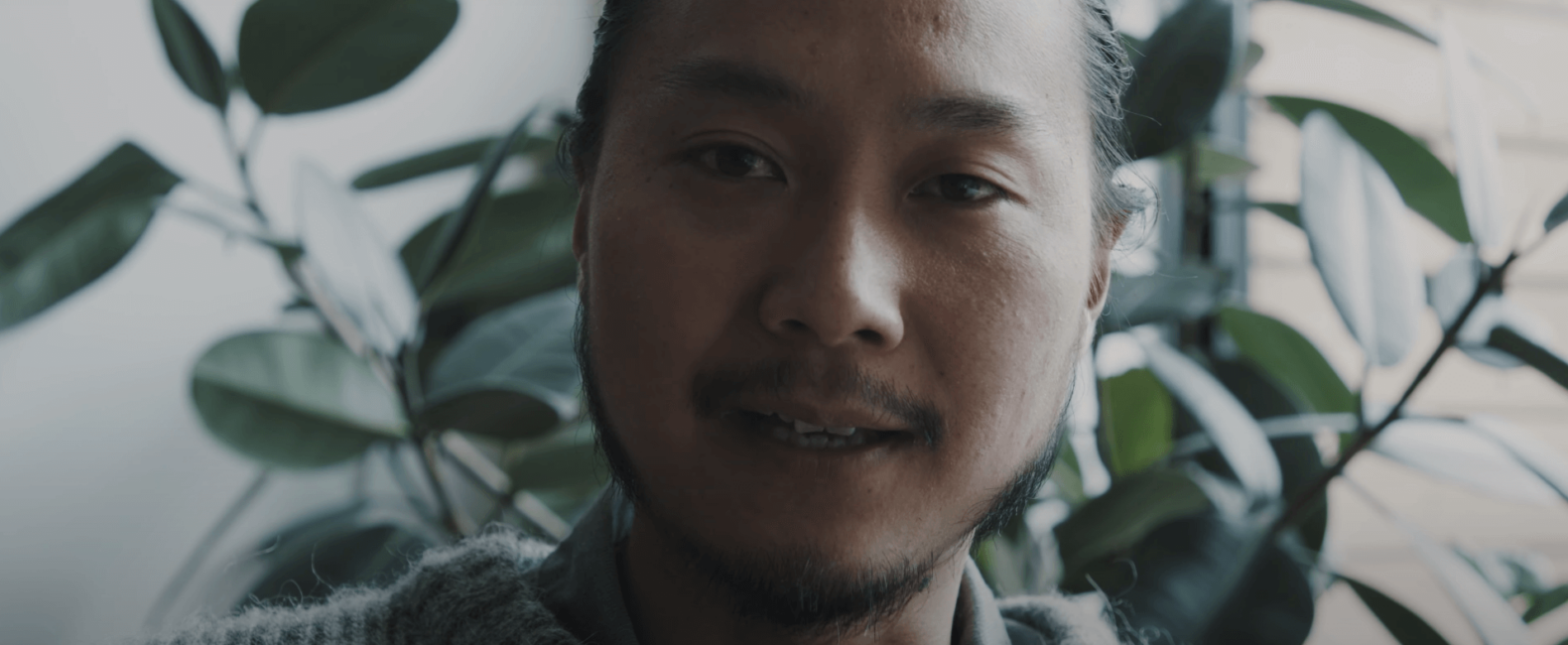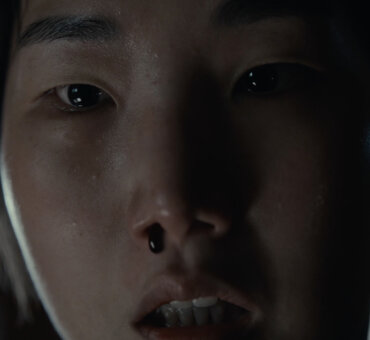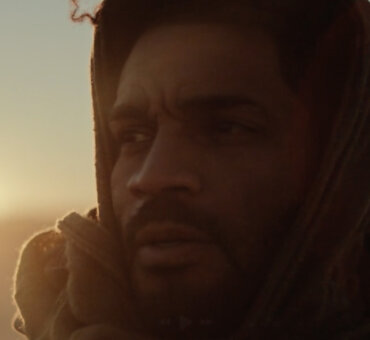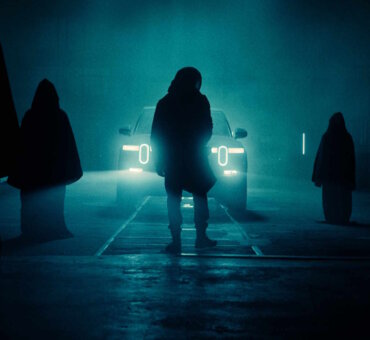Behind the Work is a series by Filmsupply that brings you lessons from leading creatives where they share essential techniques they bring to their craft. All shot from their own home or studio, Behind the Work brings you an entirely new set of skill sets that you can put into practice to grow in your craft.
In this episode of Behind the Work, director Goh Iromoto breaks down how embracing his way of filmmaking rather than the “right way” allowed him to tap into his full potential.
Here’s Goh.
Filmsupply: Tell us about your first TV spot.
I remember when I first landed my big TV spot and I was up against some people that I respected. It was amazing that I got the gig. I remember methodically working in this sort of mindset of how I felt like I was supposed to do the work. I felt like, how in advertising land, I was supposed to do storyboards. I was supposed to do takes and use clappers and make it official in the way it’s supposed to be. Funny enough, I used clappers in takes so infrequently, but it was a big client and a big agency. So I thought, ‘This is the way I’m supposed to do it.’ That’s not to say it’s not the right way, but what I learned there was that it wasn’t my way and it didn’t feel right. It was a 3-day shoot and on the last day, we were on top of the mountain and I remember thinking, ‘Holy shit, I hadn’t done any of my way filming.’ Which normally is where I set up a scenario and then dive right into it. I stuck to my storyboard. I did the takes and I didn’t do anything else until that last scene on the last day. We were on the top of the mountain with the sunset, the art director was trying to get me to wrap up as soon as possible when I was able to finally run around. To this day, I sort of look back at that as a bit of failure, or a failed experience for me, in that I abandoned who I was, abandoned what I felt was right for me, and I took on what I felt like I was supposed to do.
Describe what it means to film by feeling?
It doesn’t matter if you go to film school or if you learn on your own, I think the big divide is in the people who realize at some point in their life, (some people earlier on and others later), the most important thing about creativity and filmmaking is how important it is for you to be you. Of course, there are the technical things you have to learn, like the basics. You have to learn to understand exposure, composition, color palettes, etc. I can’t stress enough…how important it is to go by your feelings, to be you, and to film that way. And if it means storyboarding and carefully thinking of everything, that’s great. I knew early on that I had more of a journalistic-documentarian approach to filmmaking and I’ve been lucky enough to be able to transfer that into commercial work.
Can you describe your process?
The way I like to do it is by preparing to create that box. What are the conditions going to be? What’s the season? What’s the lighting? What are the different scenarios with the location? These are all things that I don’t just drive up, arrive and we wing it. Once that box is prepared, it’s okay for it to evolve, for it to shift. More often than not, half of that kind of goes out the window. But that guiding backbone structure is really important for me. It’s my methodology of allowing myself to film by feeling, to find momentum, define little nuances, find little details, and just go with it.
How do you add meaning and feeling to your work?
I’ve always admired journalists, photojournalists, and documentarians because they have this amazing ability to get close to people. It’s that closeness that allows for the stories and the images to become powerful. Think about war photography, think about even intimate stories on families — if all those images were taken on a telephoto lens from a distance, physical and emotional, it would tell a different story. If your pictures aren’t good enough, then you’re not close enough. At first, I took it at face value of physical closeness. You look at Robert Capa photos, you look at James Nachtwey photos, you can’t get those images without being within 5 feet, 4 feet or even 3 feet from the subject. That closeness is what lets me as the viewer be drawn into their story into their life. Not because they were taking these images from a mile away with a telephoto lens and just voyeuristically capturing these lives, they were in it with them.
How do you prioritize the moments that matter when filming?
Maybe I’m in a situation where the sun’s going down, it’s starting to rain and snow, a baby is being born, a cow is being born, or an animal is approaching, it’s hard. How do you make sense of that all? How do you frame the perfect frame? How do you feel it out? One thing that I unconsciously have done, but only recently realized it consciously that’s helping me is to have a sense of priority of what’s the most important at that moment. It comes down to the values of who you are, the story you want to tell as a filmmaker, and in a bigger picture, it goes back to the idea of just making sure that filmmaking is about you being you. In those moments, you’ve got to prioritize what’s the most important. Is it lighting? Is it the beauty? Is it what’s happening? Is it the story? Is it the people? Is it acting? What is it? Is it that the set design has to be perfect before you go ahead and shoot that? I’ve shot scenes where my camera settings were off and I knew it. I didn’t have the right lens, but it was so important that I caught it in the right light, or so important that I caught the right moment of people doing something. Knowing that helped because I knew that was the feeling I wanted to capture. When things are seemingly chaotic, there’s a way to organize that in your head and make sense of it all. I talk about having to film and feel it out. You have to film by feel and I’m trying my best here to not make it sound so esoteric. There needs to be confidence to do so. All the people I looked up to when I started were often photojournalists, like Sebastian Salgado and James Nachtwey. They all had this confidence in being close to people, feeling the scene, to feel the picture, to get that moment, to capture a story and I was always sort of envious of that. I didn’t know how I could do it. I didn’t know what the right path was, but I chose my path and I hope you do too.
Any closing thoughts?
If there is anything that I would love to pass on, it’s this notion that if this is who you are and this is how you do it, it’s okay. At the end of the day, it’s a final film in the story and in the message that’s important. Not how you do it.
Learn more about Behind The Work and read the blog post from our previous episode of Behind the Work, with Dallas Taylor, Founder of Defacto Sound here. To watch all episodes, subscribe to our YouTube channel.






